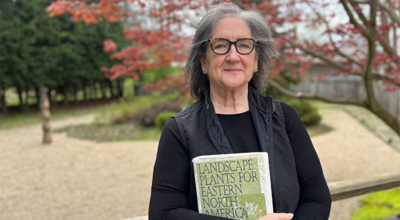Niles students get lesson in making cider
Published 9:19 am Friday, October 3, 2014

Leader photo/CRAIG HAUPERT
From left, Cheyanna Lewis, Angelique Mills and Katie Bell extract juice from apples using a press machine Thursday morning in the culinary arts room at Niles High School.
The sound of shoes moving across a sticky floor traveled throughout the culinary arts room at Niles High School. A tangy scent filled the air. All around, students wearing white aprons and hairnets grinded and pressed apples to create the signature drink of the fall season: apple cider.
“I wasn’t sure how it was going to taste, but it is really, really good,” said culinary arts student Christian Cain. “I was surprised.”
Cain was one of approximately 20 students from Niles High’s culinary arts and AgriScience classes making apple cider Thursday morning as part of a class project.
Cain, like the majority of the students, had never tasted fresh apple cider before, let alone made it from scratch.
The point of Thursday’s exercise was to teach the students how some of the food they eat or drink is made, and where it comes from.
For instance, all the apples came from two Berrien County farms and were freshly picked by students in Niles’ Home School Partnership program.
“We want to get people connected with their food supply. It is the idea of knowing your farmer,” said Tom Hurst, AgriScience teacher.
AgriScience student Carter Rauch explained the process of making apple cider. It starts by washing, de-stemming and cutting the bad spots from each apple of any variety. The non-skinned apples are then ground up into pomace, which is allowed to oxidize for a period of 5 to 10 minutes, or until brown. The oxidized pomace is then pressed to extract the juice, which is collected in buckets and served lightly filtered.
The difference between apple cider and apple juice, Rauch explained, is that apple juice is heavily filtered and made from non-oxidized apple pomace.
The oxidation gives apple cider a flavor more tangy and sugary than apple juice, he said.
So how does it taste?
Cain compared it to the apple cider jugs he gets from a local supermarket.
“Fresh made is a lot better, but buying it from Martin’s is a lot more convenient,” he said.
Culinary arts teacher Jayson Zoll said the 15 gallons of apple cider produced Thursday would be served to students and used to make sauces.
“I like to introduce the concept of farm to table to the students,” he said. “They also got to see how mass production works, rather than making something in small batches.”
The activity was made possible through a grant from the Niles Education Foundation used to purchase the press machine, grinder and other equipment.
Zoll said they would use the equipment again to make juice from other fruits, such as blueberries and grapes.






